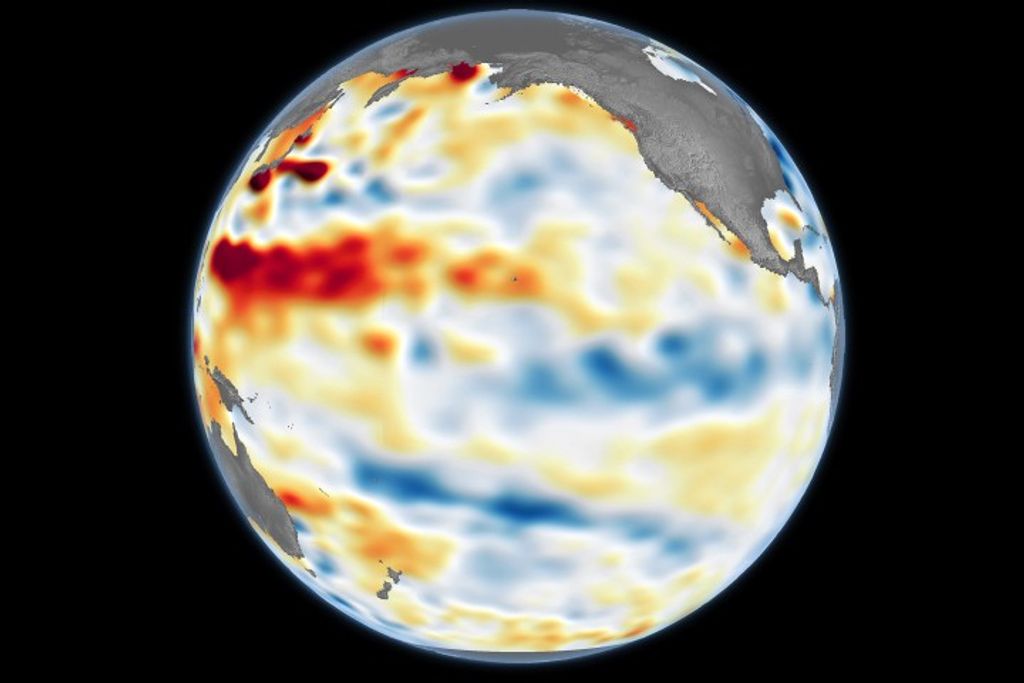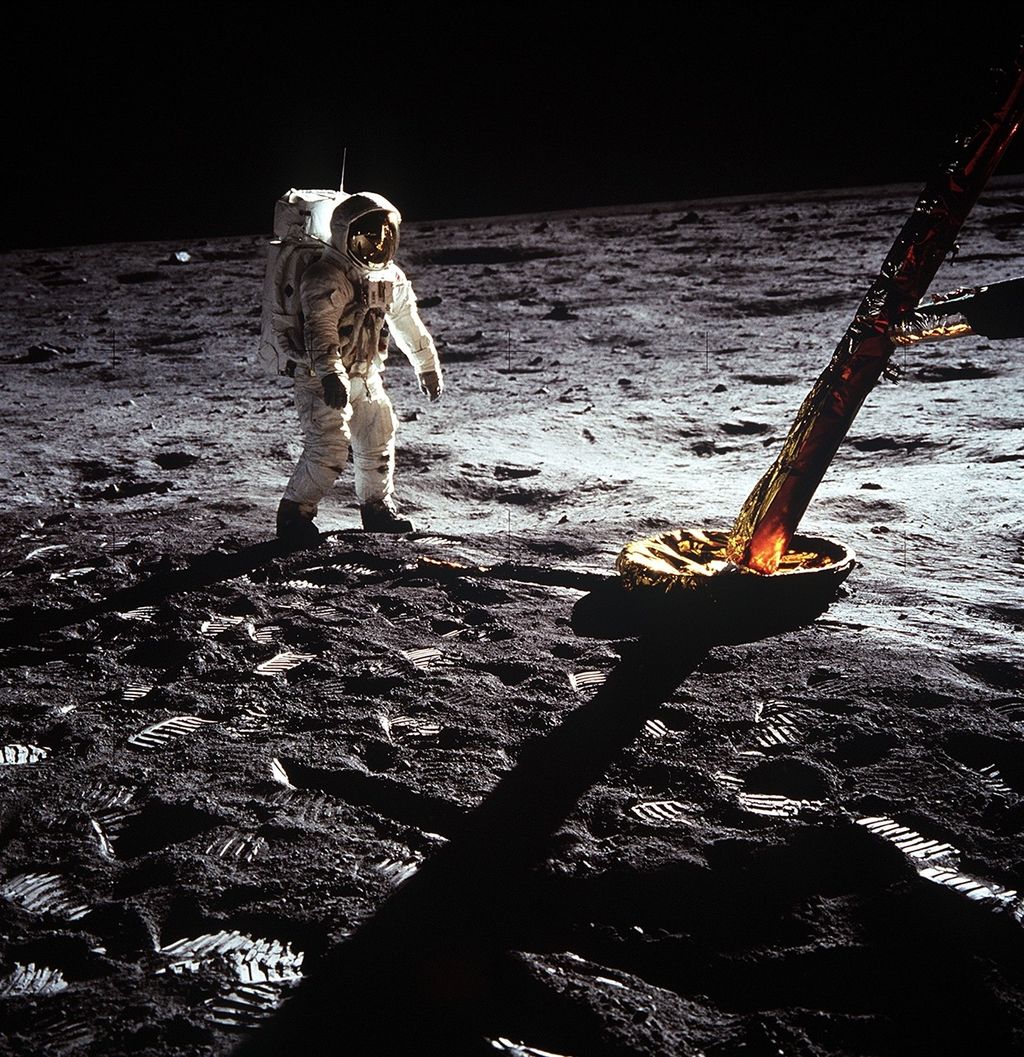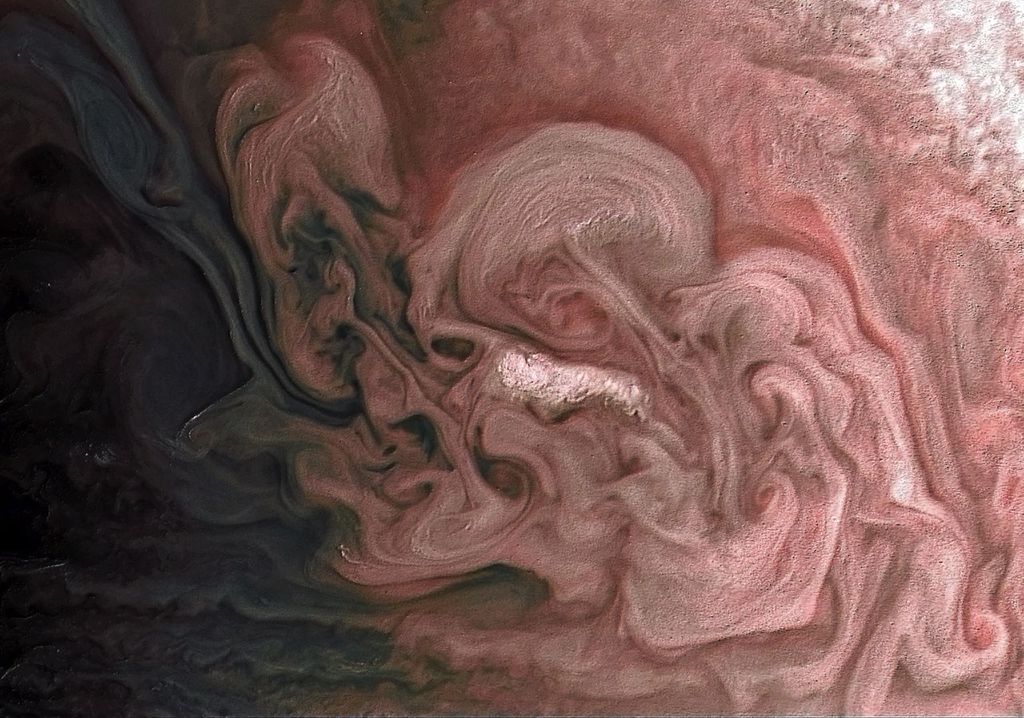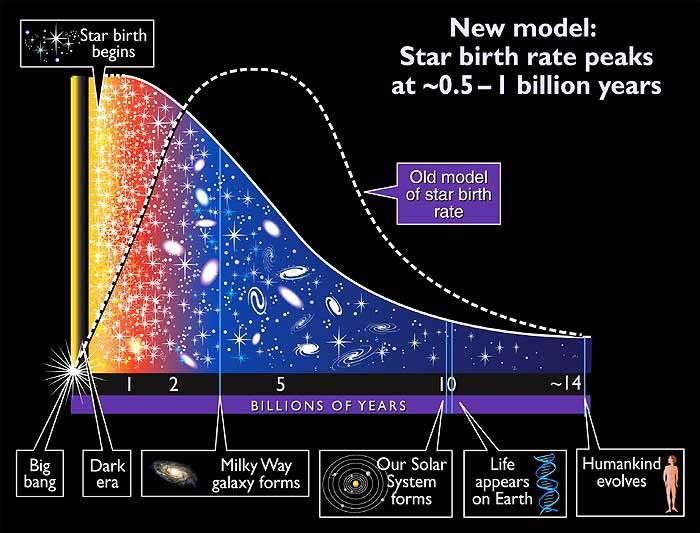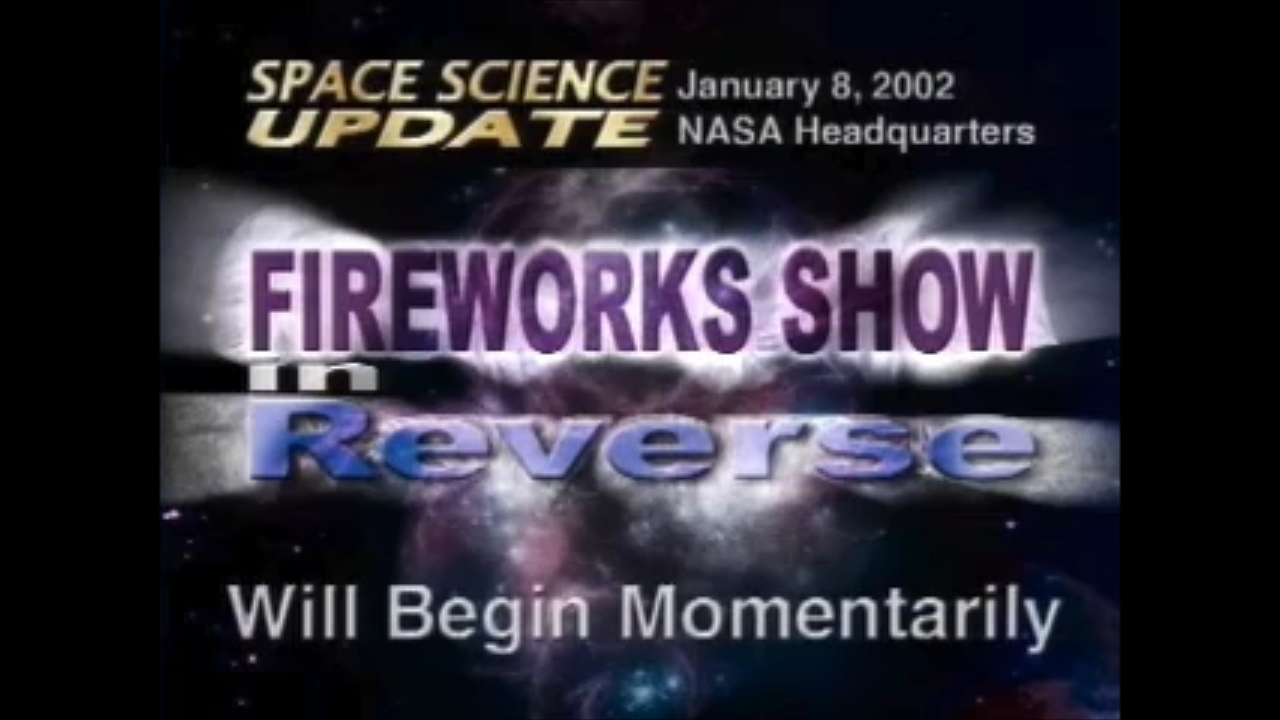1 min read
Going, Going, Almost Gone
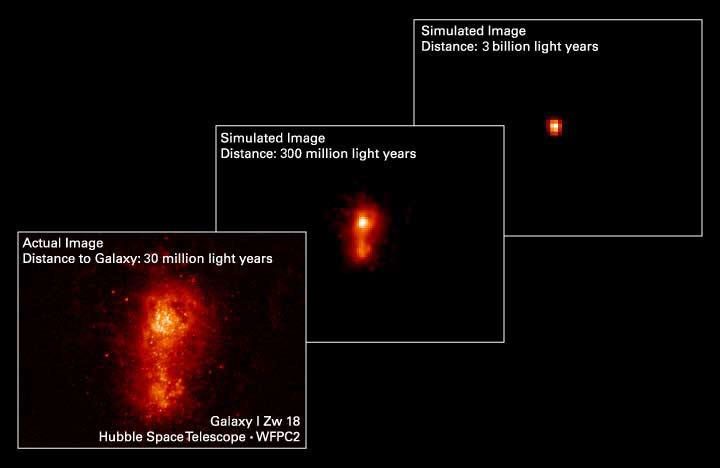
These three pictures illustrate how a nearby irregular galaxy brimming with star birth would appear at successively greater distances from Earth.
The picture at lower left shows the galaxy, I Zw 18, as it actually appears in a snapshot taken by the Hubble telescope's Wide Field and Planetary Camera 2. The galaxy resides 30 million light-years away in the constellation Ursa Major. The observation was made in November 1994 and March 1995. The bright dots scattered throughout the image represent clusters of stars.
The pictures in the middle and at upper right simulate how the galaxy would appear if it resided at faraway distances - 300 million light-years and one billion light-years, respectively. The two pictures were created by modifying the original Hubble photo of I Zw 18. The colors in all three pictures were selected to enhance important details in the galaxy.
The pictures illustrate that less of the galaxy is seen at successively greater distances from Earth because the fainter stars are no longer visible. At 300 million light-years away, the brightest stars are represented as the white blob near the galaxy's center. At 3 billion light-years away, the brightest region is a small white dot. This simulation demonstrates that astronomers may be missing most of the starlight from the farthest galaxies because it's too faint to see, even with the most powerful telescopes. The star birth they are detecting is just the "tip of the iceberg."
- Object NameObject NameA name or catalog number that astronomers use to identify an astronomical object.I Zw 18
- Release DateJanuary 8, 2002
- Science ReleaseStellar ‘Fireworks Finale’ Came First in the Young Universe
- CreditArchival Image: D. Hunter (Lowell Observ.) and A. Aloisi (JHU); Simulated Images: A. Fruchter and Z. Levay (STScI)
Related Images & Videos

Stellar 'Fireworks Finale' Came First in the Young Universe
This is an artist's impression of how the very early universe (less than 1 billion years old) might have looked when it went through a voracious onset of star formation, converting primordial hydrogen into myriad stars at an unprecedented rate. Back then the sky would have...
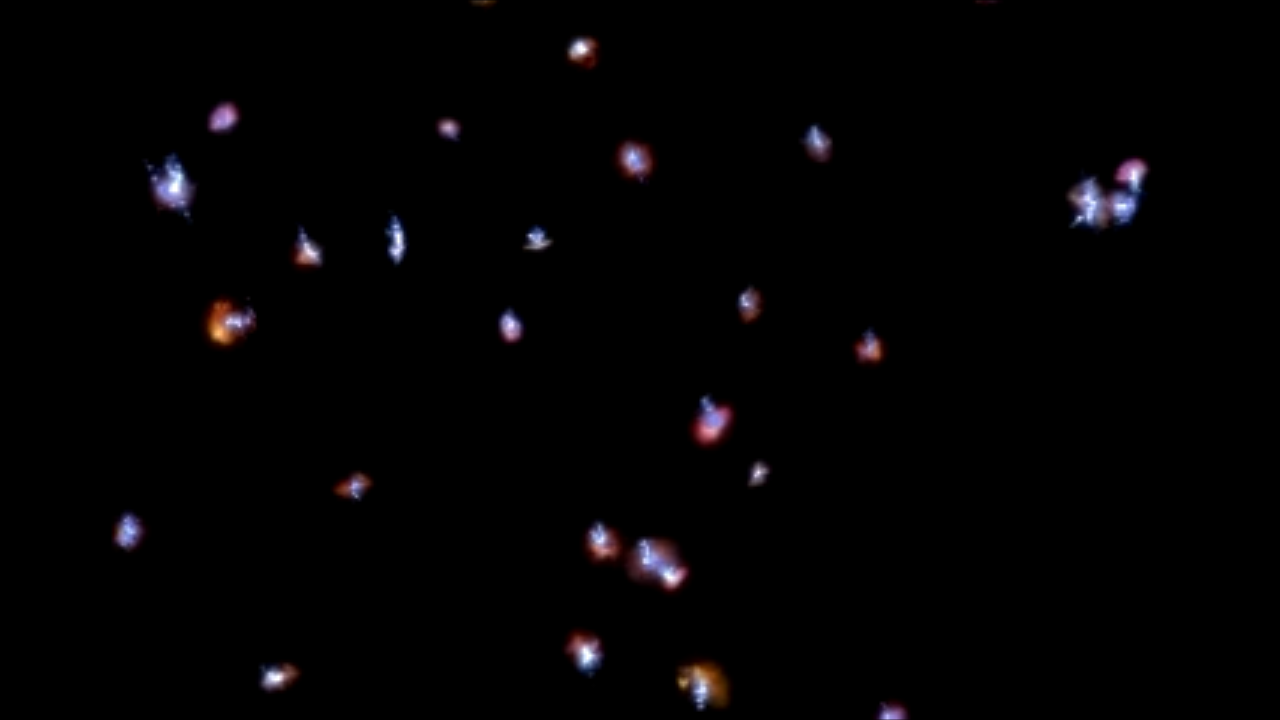
Rapid Star Formation in the Early Universe
This artist's concept of star formation in the early universe shows a field of dazzling proto-galaxies brightening as white-hot knots of stars are born within them. According to recent results from NASA's Hubble Space Telescope, the earliest stars may have formed in a torrential...
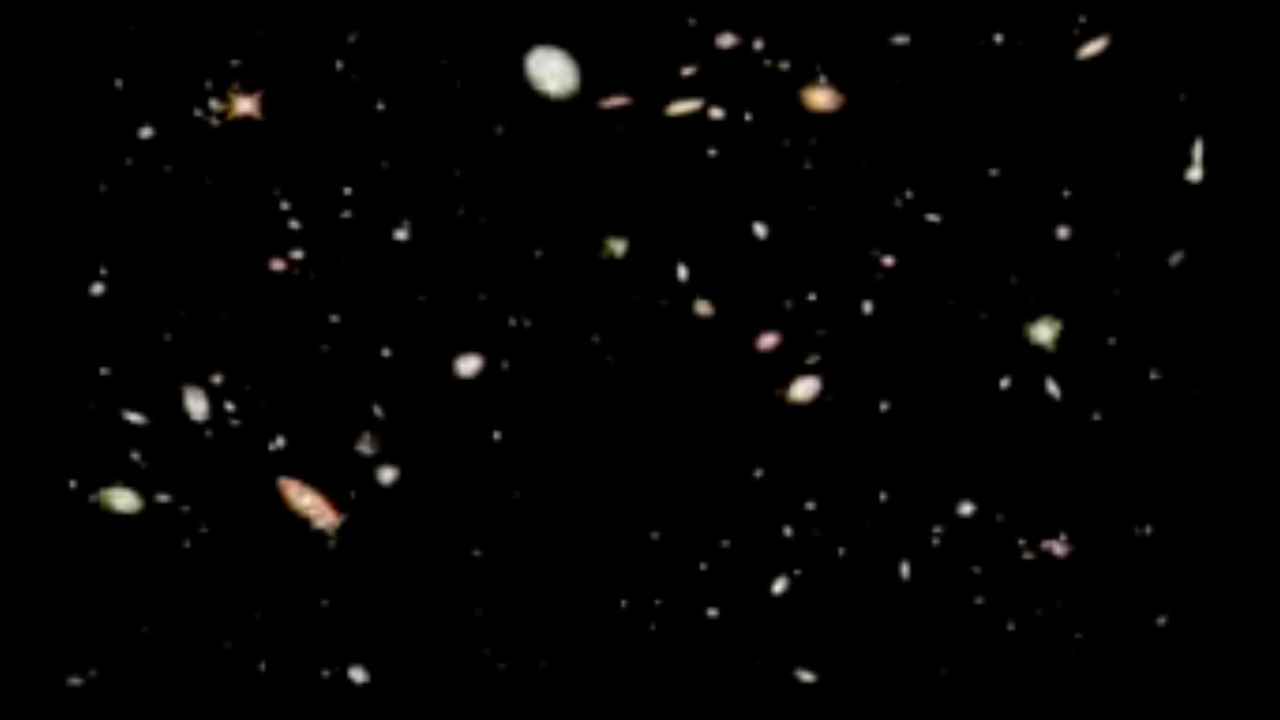
Flying Through the Hubble Deep Field
This animation takes us on a journey through one of the Hubble Space Telescope's most remarkable images. Taken in late 1995, the Hubble Deep Field gave astronomers a glimpse down a narrow corridor from the present universe to the edge of Hubble's sensory range in the early...
Share
Details
Claire Andreoli
NASA’s Goddard Space Flight Center
Greenbelt, Maryland
claire.andreoli@nasa.gov









